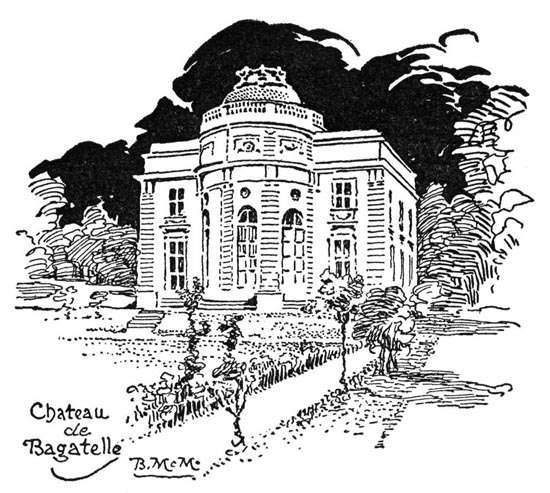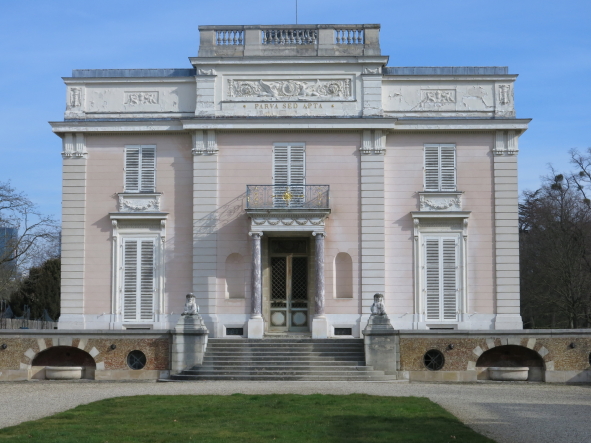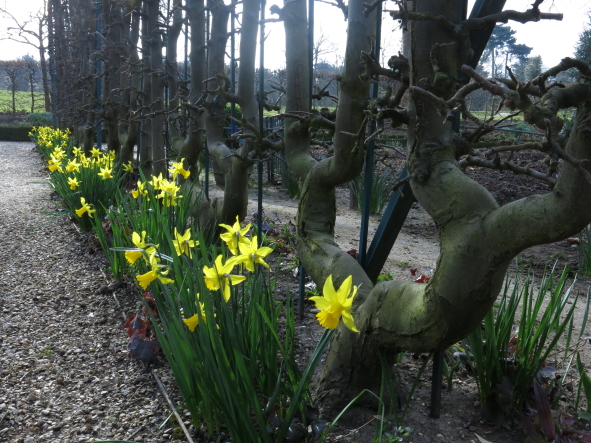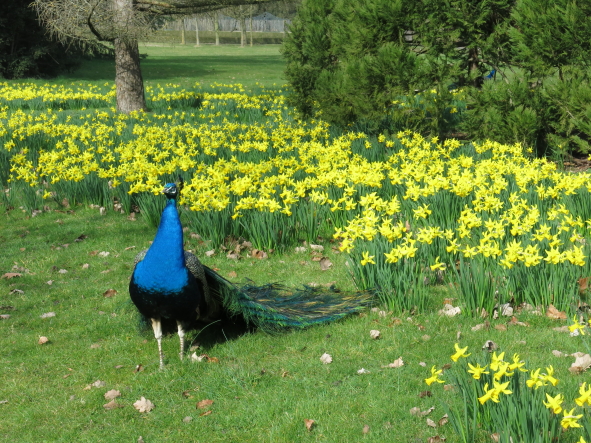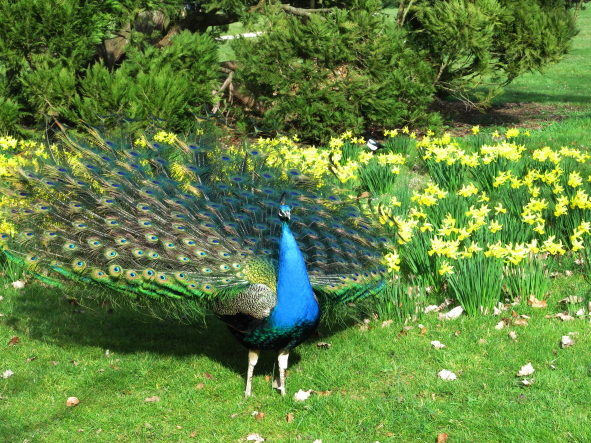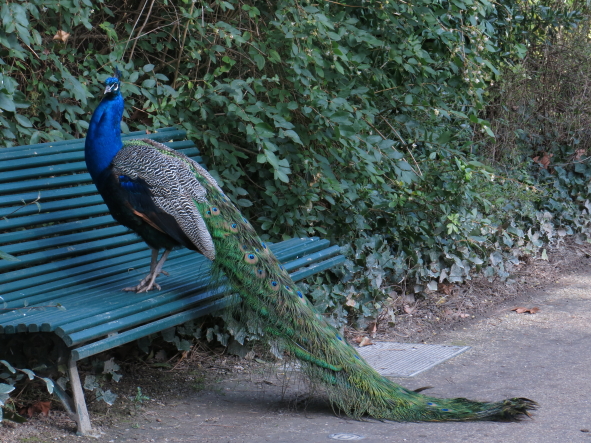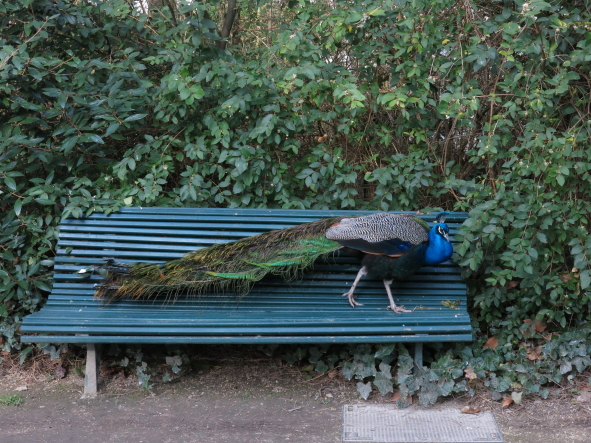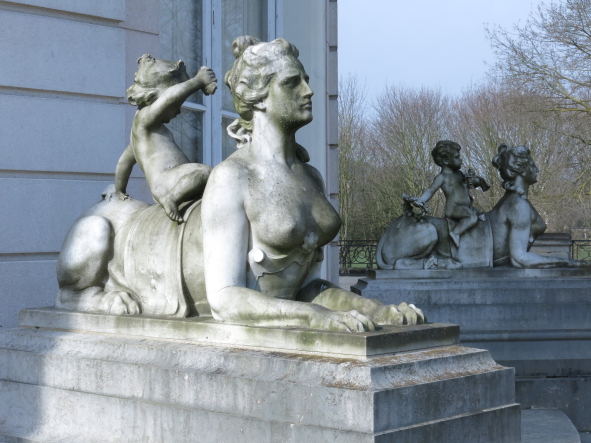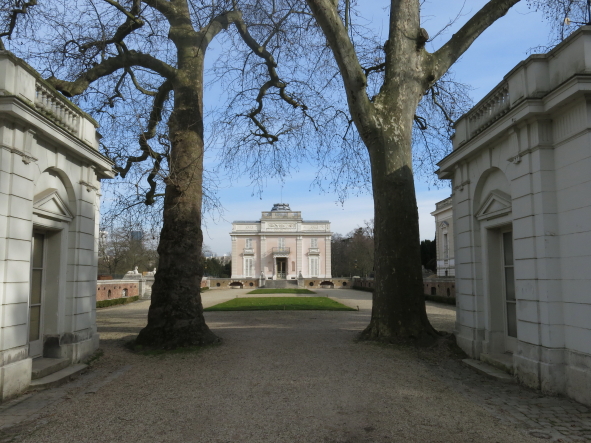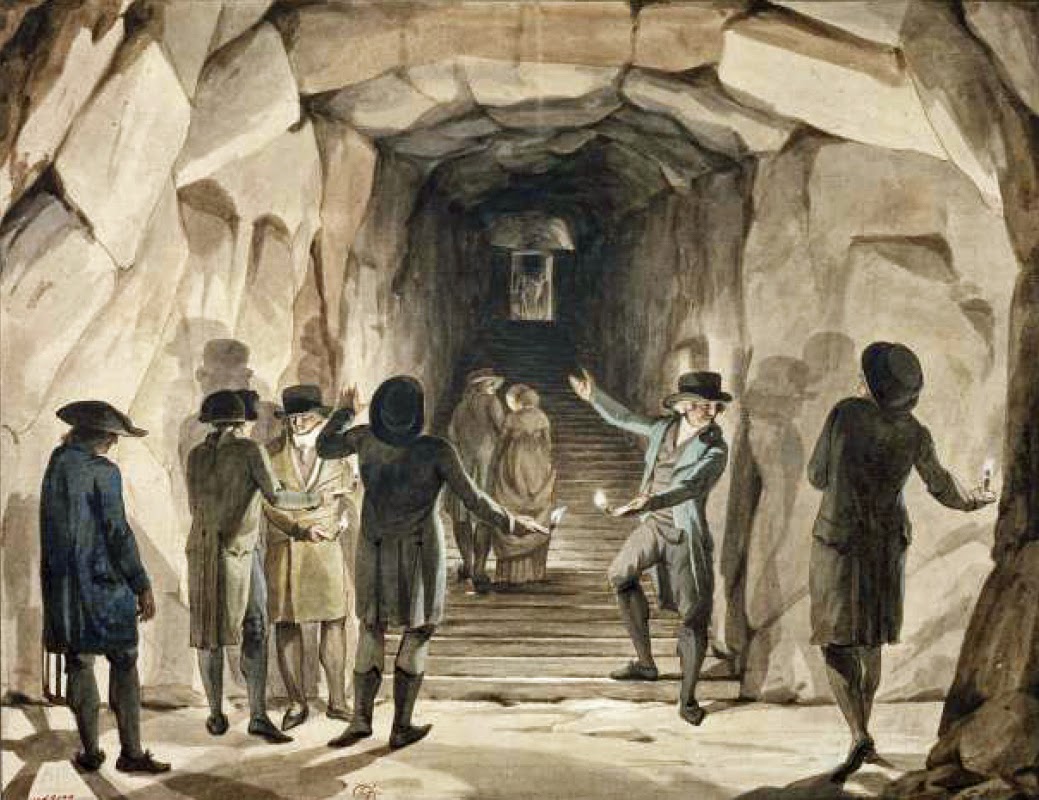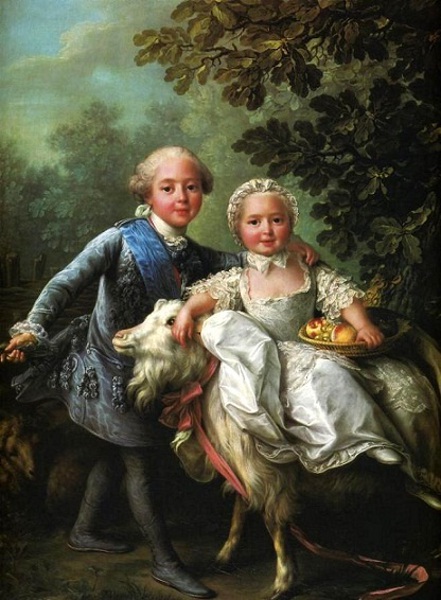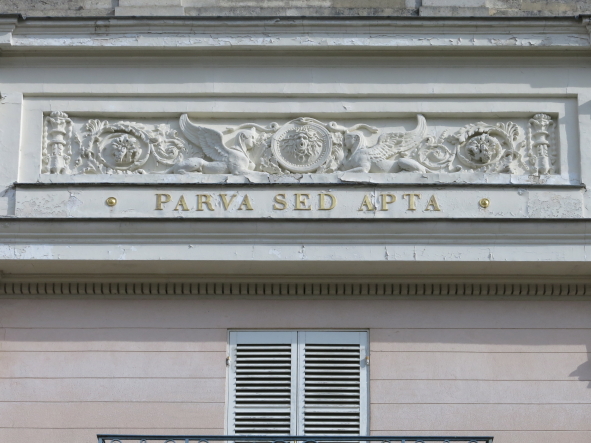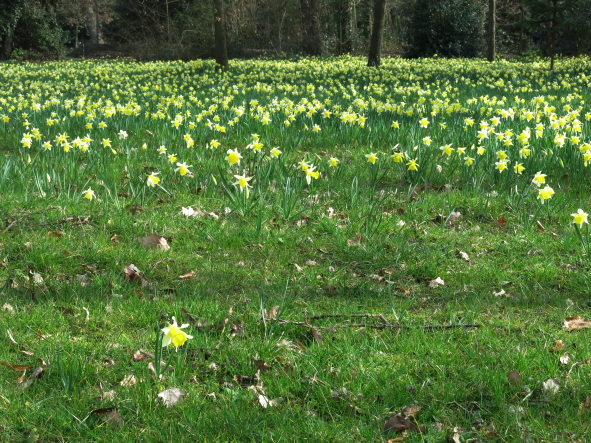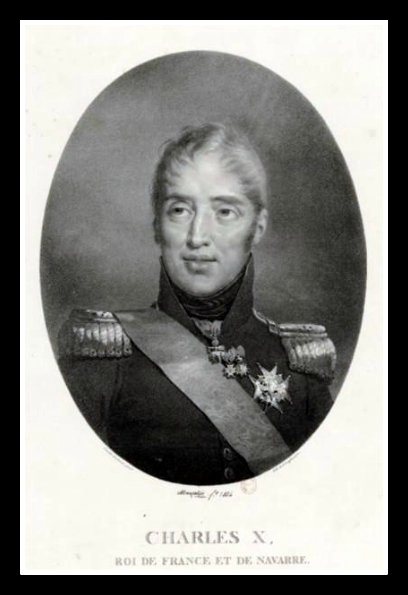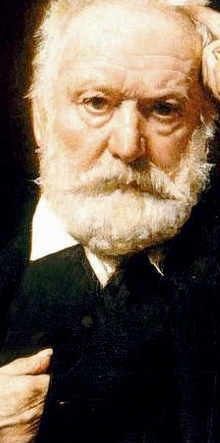A Passion for Paris: Romance at Bagatelle
David Downie, March 2015
Were Romance and Romanticism in Paris born at the Bagatelle, possibly the world’s most gorgeous park and miniature chateau?
Maybe: the evil, kinky count who built it became an even nastier piece of work as king—the last of the Bourbon kings of France. It was against this king, Charles X, that the Romantics (with a capital “R”) during the Romantic Spring of 1830, rebelled, bringing down the de facto theocracy of the Restoration and ushering in the modern age—the Age of Romanticism, the age we continue to live in today (under a variety of subheadings).
Luckily the Bagatelle today is also known and enjoyed most of all as a romantic parkland with a perfect if pint-sized manor house in its midst: the chateau de Bagatelle.
With an early spring in the air—the pollen count is lethal—I trekked with streaming eyes and smiling face to the extreme western edge of Paris to revisit (again, again) what is one of my favorite gardens in the world: the hyper-romantic, lavishly landscaped Parc de Bagatelle.
Abutting the Bois de Boulogne and the parvenu paradise of Neuilly, Bagatelle has fish ponds, grottoes, fountains, lichen-frosted statues and sinister, sexy sphinxes, the famous little chateau, orangeries bursting with citrus trees, a café and restaurant, and remarkable rose and iris gardens that usually peak in April and May.
Blissful lack of crowds: but watch the peacocks!
On a weekday morning in early spring there were more peacocks—the feathered variety—than those of the human kind, meaning typical, self-adoring Parisians, descendants or spiritual heirs if you prefer of bad Charles X or the rebellious Romantics (Victor Hugo, George Sand et al). All these vintage Frenchmen and women were celebrated for their narcissism. Today the peacock-birds strut and fan their eye-dotted tales while the contemporary human peacocks saunter along the looping lanes avoiding the bird’s beaks. Or do they also strutt?
The eerie cry of the peacocks made me think of a Dantesque counter-punishment: were the aristos of old, the charming tyrants of the ancien regime who hung out here, trapped in the feathery bodies of these rather aggressive, handsome, ridiculously over-plumed birds?
My wife Alison imagined the countesses and marquises in their long-train dresses transformed into the males. But I saw wigged heads and smelled talcum powder and heard the crunch on the gravel of the high, buckled shoes worn by Louis XVI, Charles X and others of their ilk: brutal, cruel, bully-dandies.
Beyond the beauty of the spot the additional draw at Bagatelle is the tortuous history, more of it than could fit into several chapters in A Passion for Paris: Romanticism and Romance in the City of Light.
Bagatelle, Bagatelle: does the name sound familiar? Look it up and you’ll find: “something of little value or significance.”
That’s the wrong definition: ride line 1 of the Paris metro to Pont de Neuilly then walk or take the 43 bus the last moneyed mile or so to Bagatelle and you’ll be startled by the immense value and evergreen significance of this magical parkland.
Though it is as old as the United States of America–excogitated in the 1770s–everything about Bagatelle is exquisitely contemporary, right down to the oligarchs and corrupt politicians in their mansions practically bordering the walled enclave, plus the kaleidoscope of foreign domestic workers on the bus or seen digging ditches because this is a lilly-white enclave, or, equally out of sync, the new twisting, ludicrous skyscrapers rising over nearby La Défense—Paris’ mini-Manhattan.
By day the surrounding Bois de Boulogne parklands are filled with birdsong and joggers, millionaires on horseback, and dog-walkers tangled in designer leashes. By night the essence of Neuilly comes out: the woods and lanes around Bagatelle fill with prostitutes who look amazingly like the garden’s sphinxes, and sleazy customers in SUVs. The delightful and the seamy frolic cheek by jowl, not to mention other body parts.
“A mere bagatelle,” is one of those shopworn saws our grandfather’s generation used when dressing up false modesty. The grand gesture – diamonds, baubles, or, as happened here, a chateau and garden – is tossed off with “oh, it’s nothing, a mere bagatelle.” Not that my grandfathers would’ve been able to afford to indulge in such pretense.
As I entered the romantic 19th-century garden gateway and stood before two towering plane trees planted in 1842 and 1847, I recalled that the phrase “a mere Bagatelle” was coined by the adorable Comte d’Artois, the future King Charles X, a despotic reactionary known among other things for his creepy S&M parties in the Paris catacombs (when they were first created, shortly before the Revolution).
The count was the youngest brother of Louis XVI, he who lost his bewigged head during the big Revolution of 1789. Charles and his ditzy sister-in-law Marie Antoinette had a little bet: she wagered he could not build a perfect rococo mansion and garden in less than 70 days.
The count won: it took his nearly 1,000 artisans and brutalized serfs 64 days and nights (some say 68, but who’s counting?). Marie Antoinette did not bring her sheep or feed them cake. She stayed in Versailles. The count lived high—for a while. This was 1775. The American Revolution let alone the French Revolution of 1789 hadn’t yet knocked off the wigs and swollen heads beneath them. "A mere Bagatelle," quipped the count, teasing Marie Antoinette into silence.
The other saying associated with Bagatelle is “parva sed apta” — small is beautiful. It’s emblozoned on the façade in gilt letters. But this saying was coined probably 2,500 years ago in Athens or Rome. It is apt to this day: the chateau is pocketsize, symmetrical, pink-stucco perfection, and the garden itself, though not exactly small, seems intimate and compact compared to the sprawling Bois de Boulogne.
In March and April the Bagatelle is a sea of daffodils—or are they narcissi, the perfect flower to represent Charles X and his contemporary knockoffs? Crocuses carpet the rolling lawns which are also dotted with pines and yews and flowering shrubs of all kinds. Flocks of geese, and those pesky peacocks, wing past. Buds burst and leaves unfurl in a gentle yellow rain that leaves allergy suffers breathless.
Gone are the ancien regime counts, kings and queens at Bagatelle. Allergens and a parody of democracy have prevailed: at Bagatelle the millionaires must now mix with the hoi polloi, though the park’s main café-restaurant is so expensive its clientele seems plucked from the ranks of the Comte d’Artois.
So what did the Comte d’Artois-later-Charles X do in the mid-1820s to precipitate the small but apt Revolution of 1830? He tried to wind the clock back to pre-1789 days by abolishing the charter—an admittedly feeble form of quasi-constitutional monarchy. He repealed the timid freedoms the press enjoyed. He gerrymandered parliamentary voting districts to get rid of the democratically inclined (General Lafayette among others) and persecuted rebellious Romantics who fought to bring back liberty, equality and fraternity—and tried to usher in the modern age. Yes, the notion of "modern age" dates to the 1820s: Victor Hugo was the first self-styled modernist.
Does some of this sound depressingly familiar? Cheer up: the Romantics prevailed, Charles X was ousted… and a moderately oppressive constitutional monarchy came in after the bloodletting of July 1830: the Citizen King Louis Philippe came to power. Under him Romanticism thrived. It only took another 40-odd years to solidify French republicanism i.e. the “democracy” of a limited and flawed but precious kind we enjoy today. Victor Hugo lived long enough to see the return of the republic. Stick-to-it-ness sometimes pays! The same can be said of romance: familiarity can breed passion. Witness my marriage. Oh, and the longer I stay in Paris the more passionate I am about this peculiar place (especially about the city's history).
All photos © Alison Harris
Please come back for more on Paris and Romanticism (and romance) on this blog and in my upcoming book, A Passion for Paris, on bookstore shelves as of April 28, 2015. It’s already available for pre-order from Indiebound.org, from your favorite local indie bookstore or, if you must, from the usual on-line booksellers.
And please come to one of our events: we're on a nationwide book tour from late-April through June 2015.
Indiebound: http://smarturl.it/Paris_Indie (use the store-finder function to order from your local bookseller). The following Indies are on our nationwide spring 2015 book tour. Click for the complete schedule.
Buy A Passion for Paris from Harvard Book Shophttp://shop.harvard.com/book/9781250043153
Buy A Passion for Paris from Northshire Bookshttp://www.northshire.com/book/9781250043153
Buy A Passion for Paris from McNally-Jacksonhttp://www.mcnallyjackson.com/book/9781250043153
Buy A Passion for Paris from Politics and Prose http://www.politics-prose.com/book/9781250043153
Buy A Passion for Paris from New Dominion Bookshttp://www.newdominionbookshop.com/reading-events-2.html
Buy A Passion for Paris from The Regulatorhttp://www.regulatorbookshop.com/book/9781250043153
Buy A Passion for Paris from Book Passagehttp://www.bookpassage.com/book/9781250043153
Buy A Passion for Paris from Orinda Bookshttp://www.orindabooks.com/book/9781250043153

